Words by Coach Carson McQuarrie
Coach Carson is a dedicated athlete and coach who specializes in cycling, strength and conditioning, and plant-based nutrition. For more information on Carson’s coaching services, or to schedule a coaching consultation with him click below.
Athletes commonly gravitate towards the idea of competing, performing well, and winning when they think of motivations to enlist in a competitive event. After all, there are typically months, sometimes years, of preparation that build up to a single event so it can make sense that the reason to put in all the work must be for a specific outcome. However, there are many athletes who are not motivated by these extrinsic factors. In this article, we’re going to discuss what factors motivate athletes, why intrinsic motivations are beneficial to use in goal setting, and how you can apply intrinsic motivations to your goal setting process and athletic journey, including comebacks, and continual athletic growth.
Intrinsic Motivations
Intrinsic motivations are considered intrinsic because they originate from an internal sense of reward as opposed to extrinsic which originate from an external source of reward. Let’s have a look at what some of these intrinsic motivations could be:
- Improved sense of well-being from moving one’s body
- Increased energy throughout the day
- Improved focus during other tasks and interactions
- Improved mental clarity and perspective
- Improving general or specific aspects of ones’ health
- Enjoyment of the daily routine and/or aspects of the activity itself
- Athlete identity (this can be both intrinsic and extrinsic)
- Personal philosophy of continual improvement and growth
I would propose no one is entirely extrinsically or intrinsically motivated, however, there are benefits to considering where motivations come from to suit a desirable process and outcome.
Benefits of Intentional Extrinsic Motivations in Goal Setting
An inherent principle of extrinsic motivation is it’s connected to the end result of an outcome or experience. This is also inherently finite, so a prominent downside of heavily relying on extrinsic motivations is the lack of clarity or identity one realizes they have only when there isn’t an event or outcome to focus on. This is super relatable for many athletes in 2020 when events are postponed or canceled.
In years when there’s no shortage of events this sense of lack of direction and perspective can still occur post-event, and it’s in these moments we can choose to quickly grab onto the next event in front of us OR take a moment to consider why we’re doing what we’re doing and this will likely lead to longer-term thinking and athletic growth, and especially a faster return to sport if we experience a major setback such as a crash or other physical or emotional hurdle.
We can shift from being heavily extrinsically motivated to incorporating intrinsic motivations into our goal-setting process. When we choose to make this part of our goal-setting practice every time there’s an opportunity we create space to allow ourselves to create our own mold of success rather than constantly trying to fit into the mold of someone else’s race or event. When we incorporate this perspective of creating our own mold we may still choose to participate in events, however, we allow ourselves the opportunity to be rewarded by our choice of rewards rather than the reward deemed suitable by an event organizer, a racing community, or governing sports agency.
This is particularly important as athletes age and they’re forced to remember they can’t compete with some age-group athletes they’re used to competing with. This is also important for younger athletes so they can find motivation and meaning to pursue their own standard of athleticism, which is what most very high-achieving “winners” are motivated by and what it takes to continue pursuing success when they’ve beaten everyone and when they move into their post-professional sporting life.
How to Apply Intrinsic Motivations to the Goal Setting Process
There are many factors contributing to the level at which one relies on extrinsic and intrinsic motivation. These may include social influence, self-chosen habits, or possibly partially genetic or other factors. The truth with all these factors is they are formed over years. Another truth from a psychology perspective is mental elasticity (the ability to learn new things and form new habits). This skill must be refined and activated to different extents throughout life.
The point is to gain the benefits of relying predominately on intrinsic motivations, and for it to become an athlete’s new norm of their goal-setting process. I feel athletes must make it a practice to focus firstly on intrinsic motivators before extrinsic ones when choosing their goals. To apply a more intrinsic centric approach to goal-setting athletes can benefit from first asking themselves a series of questions:
- Firstly, ask yourself why you exercise? Do you currently only train with an event in mind or do you have a varying degree of intrinsic motivators?
- What aspects or components of the sport do you enjoy on their own? Do you enjoy the intensity, strength, or endurance components or the adventure, teamwork, or solo aspects of the sport?
- Ask yourself what else do you experience while practicing that sport. Perhaps you see cool places through cycling or running your favorite routes and trails? Do you experience improved self-confidence from completing a workout?
- Ask yourself what else can you experience you haven’t yet while practicing your sport. Do you want to experience an improved sense of fitness from practicing your sport? Do you want to see new places by trying new trails and routes and traveling abroad?
When an athlete has identified what intrinsically motivates them they‘re then able to choose an outcome-oriented goal that together will result in an athletic journey that is both long-lasting, fulfilling, and still exciting.
Conclusion
Learning what motivates an athlete can be a long and tedious process to have a grasp on because like most things in life things change and lessons are often learned the hard way. The sooner we begin to reflect on what intrinsically motivates us about a sport the sooner we learn what sport specifically is best for us at that point, the more adaptable we are at sticking with it through injuries when we’re forced to take time off from a sport, and the less lost we’ll feel if we decide to find a new sport.




